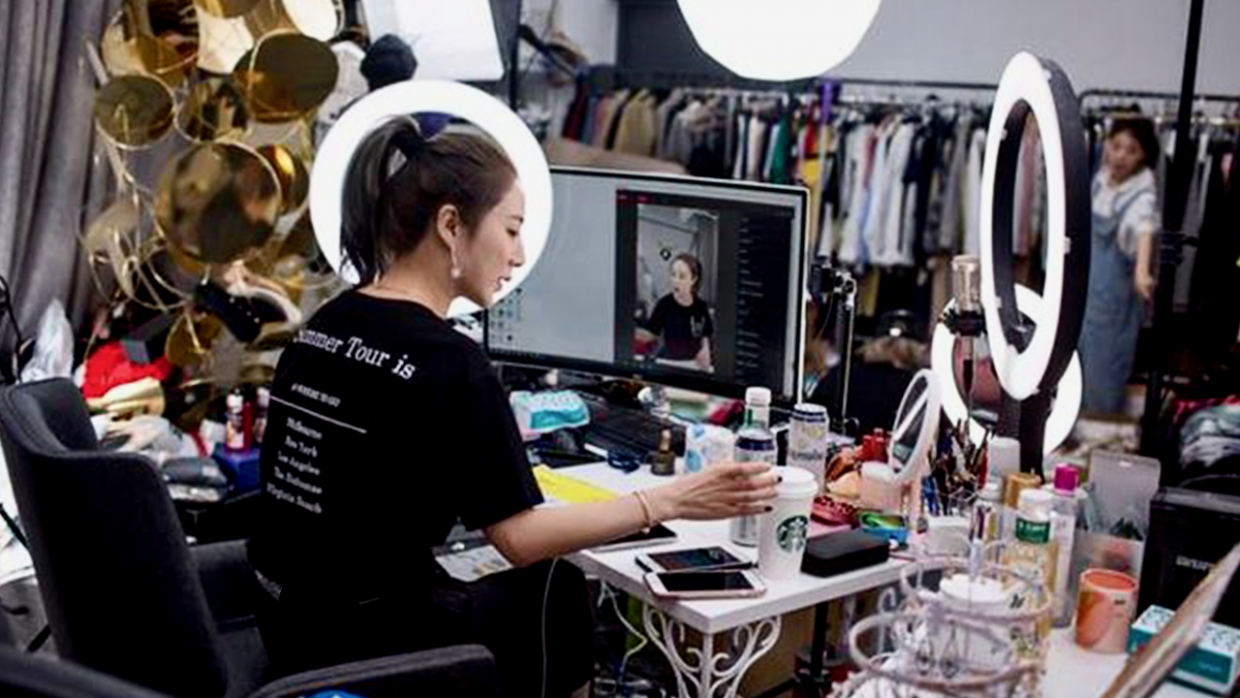The impact of COVID-19’s effect is starting to take shape as we enter the second financial quarter of 2020. While the majority of the world is struggling to contain this out-of-control disease, fashion companies big and small are also fighting to soften the economic blow they’ll take during this troubling time.
Nearly 40 percent of global fashion consumers kept their wallets shut during the peak outbreak months, a time when sales normally surge thanks to China’s Spring Festival. The country's travel shoppers, which make up 38 percent of the global fashion market, traditionally save most of their consumption for these winter months. And now, as more people in China begin to go back to work after a required quarantine period, many are looking at reduced salaries, which has led to more conservative spending.
Struggles on both sides of the equation#
But the economic downturn is not only the fault of consumers. Most brand stores and retail outlets haven’t even resumed full operations in many parts of the country and are slowly closing doors abroad, as well. Those who remain open have seen few customers. Meanwhile, stocking new inventory has been an issue because factories that are critical to the global fashion supply-chain are struggling to resume normal operations, thanks to a lack of workers.
All these factors have led to an 80-percent drop in first-quarter sales revenue for some brands as well as less drastic decreases for others. In the stock market, shares of some fashion giants have seen moderate drops, although some have remained surprisingly resilient during the crisis. Still, most executives are expecting an average 5-percent decrease in annual sales. Product launches, promotional campaigns, and other previously planned marketing efforts have been brought to a halt.
Even firms that had initially planned on redirecting their focus to markets outside of China are aware of the massive gap in revenue an absence of Chinese consumers is leaving — not to mention sluggish production from China’s manufacturing lines. These companies are still critical to fashion brands that make garments and accessories abroad because a lot of production is still heavily exported from China. The bottleneck this is creating in logistics is only going to worsen over the coming months when cargo shipments (both inbound and outbound) to major markets are faced with more cancellations. And when normal shipments do resume, the fight between companies to ship out goods will create a huge increase in shipping rates.
General optimism from within#
While these facts and figures are naturally worrying, many market experts are not too panicked. In fact, the COVID-19 outbreak is not the first disaster of its kind to unleash turmoil in the retail fashion world, and previous outbreaks show comforting resolutions. After 2002-03’s SARS outbreak, for example, a related economic slump was followed by a steep V-shaped rebound due to pent-up consumer demand, and sales surged after the dip. Although China is quite different than it was in 2003, most analysts believe a similar trajectory will follow, and they point to many other examples around the world as proof.
But the questions on every mind are: When can companies expect this to occur and how can they prepare accordingly? More importantly, if a surge in sales does occur in the third or fourth quarter, leading to even greater sales than before the epidemic, how can the luxury fashion sector cope with an increased demand against its crippled supply? As many brands have already accepted that Q1 and maybe Q2 sales are lost causes, many are looking to readjust marketing approaches for the remainder of the year — with some interesting solutions.
Mitigating losses and contingency plans can lead to opportunity#
This less-than-ideal market situation is forcing brands to quickly develop a better understanding of consumer expectations on pricing and products during this time (and over the coming months), so they can reform their marketing strategies and approaches accordingly.
One such approach is focusing on online retail, something that fashion brands like Uniqlo and cosmetic brands like L’Oréal have already effectively done to help to soften the blow to in-store sales. For these brands and many others, this sudden loss can become a major opportunity if they can boost the digitalization of their activities and increase investments in emerging retail technologies.
Tech developments won’t just help maintain sales via online e-commerce platforms; they’ll also minimize disruptions to supply-chain activities by shifting toward the more direct and efficient B2C processes that are gaining favor, thanks to familiar platforms like Tmall.
This shift in power is also presenting an enormous opportunity for emerging Chinese fashion labels that previously struggled to compete with foreign giants but now have a more level playing field and home-field advantage.
It’s still too early to say just how severe 2020 will be for global fashion brands, but as many early-movers have already proven, there’s no time to waste when adapting to a new environment. Brands must fully explore innovative approaches to help ensure a steady sales flow via previously untested methods. This ‘new norm’ for the fashion retail industry could push mature brands to redefine their conventional methods by transitioning to digitalized sales processes, yet it could also open doors for emerging brands that need a greater market presence.

